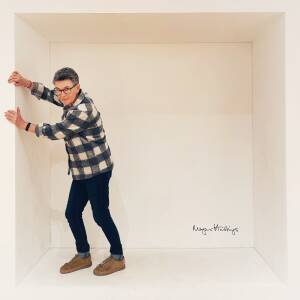Shackles and shekels
I've mentioned Liverpool's past as a port which grew rich as a result of the slave trade on a few occasions now and I'm sure I will again - it's hard to get away from.
The first recorded slave voyage from Liverpool was in 1700 when the ship The Liverpool Merchant, transported 220 African slaves to Barbados. Before long, huge fortunes were being made by some of the city elders and they needed banks to keep their money in.
One such was Heywood's Bank, founded by Arthur and Benjamin Heywood on the profits they'd made from slavery. Over the years the bank was taken over by the Bank of Liverpool, Martin's Bank and finally Barclay's.
The Grade II Listed building, still known as Martin's Bank Building, on Water Street was designed by Herbert Rowse in the Classical Revival style and built in 1932 as the national headquarters of Martin's Bank Ltd - the only English bank ever to have a head office outside London.
During World War 2 the bulk of the country's gold was moved to this building's vault for safe-keeping as dramatised in the Emmy Award winning film 'The Bullion Boys' (1994).
A noticeable design feature of the building are two sculptures by George Herbert Tyson Smith which depict a Merman with his hands resting on the heads of African children carrying money bags...

Comments
Sign in or get an account to comment.


